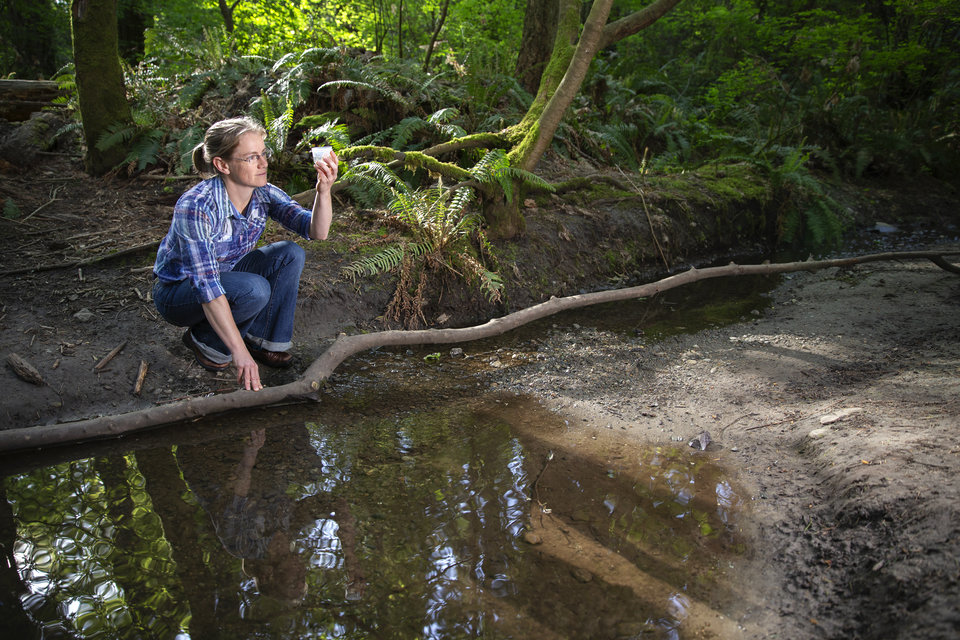'Reversible' preservative wins international prize

A Canada-US team led by University of Victoria green chemist and professor of civil engineering Heather Buckley has won first place in a global competition to identify new preservatives for use in cosmetics and household products.
UVic’s share of the $35,000 in prize money from the Green Chemistry and Commerce Council (GC3) win in Massachusetts will fund a graduate student at UVic to explore a secondary use for the winning preservative in preventing bio-fouling in water treatment systems, says Buckley.
Preservatives such as parabens and methylisothiazolinone (MIT) are commonly used to prevent molds and bacteria from growing in personal-care and household products. They have replaced many of the less safe preservatives from years gone by, says Buckley, but their proliferation in a wide range of products can cause skin sensitization and other health effects in some people due to overexposure.
Amid growing pressure from consumers to find alternatives—and additional concerns about the impact on the environment—the cross-sectoral GC3 issued a call for submissions of alternatives. Buckley led a 10-person team that included the US Department of Agriculture, People Against Dirty (parent company of Method and Ecover products), SaferMade and the Berkeley Centre for Green Chemistry.
The team won for its “reversible” anti-microbial that fights bacteria while in the container but breaks down into two harmless ingredients once outside of it.
“Any time you introduce something into the environment designed to kill off bacteria and mold, it’s part of a cumulative stress on the environment,” says Buckley, noting that nature is at risk from large amounts of anti-bacterial products washing into water systems and killing off good bacteria, much as humans are when taking antibiotics.
Buckley’s team owns the intellectual property rights for the new preservative and is now working with Method and other partners to commercialize it.
Preservatives are found in a wide range of commonly used household items including shampoos, moisturizers, suntan products, makeup, toothpaste and cleaning products. A 2016 wastewater study in New York City estimated that 546 kilograms of paraben end up in the environment every year just from NYC residents.
A press kit containing a high-resolution photo of Buckley is available on Dropbox.
-- 30 --
Photos
Media contacts
Heather Buckley (Dept. of Civil Engineering) at 250-472-5879 or hbuckley@uvic.ca
Jody Paterson (University Communications + Marketing) at 250-721-8746 or jodypaterson@uvic.ca

